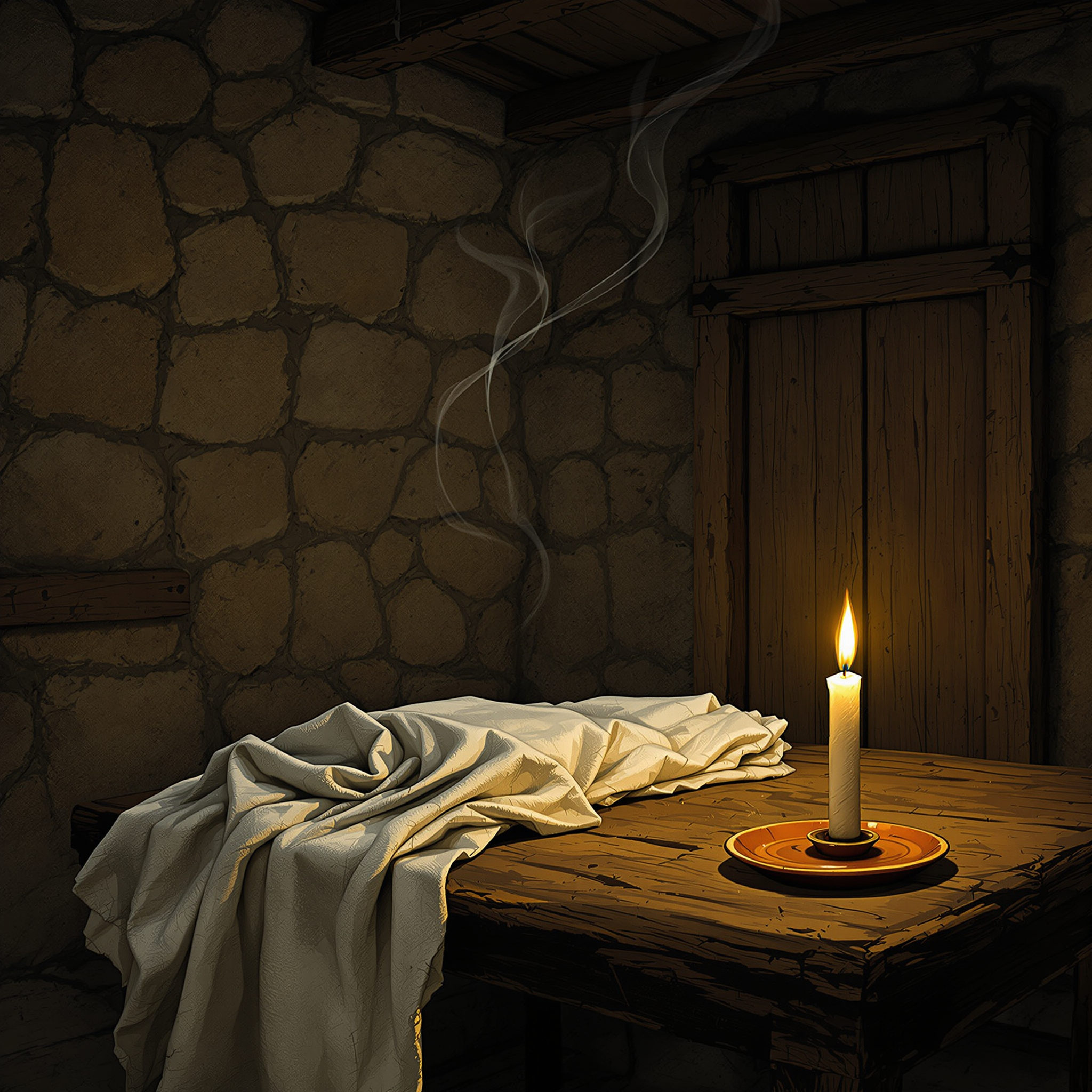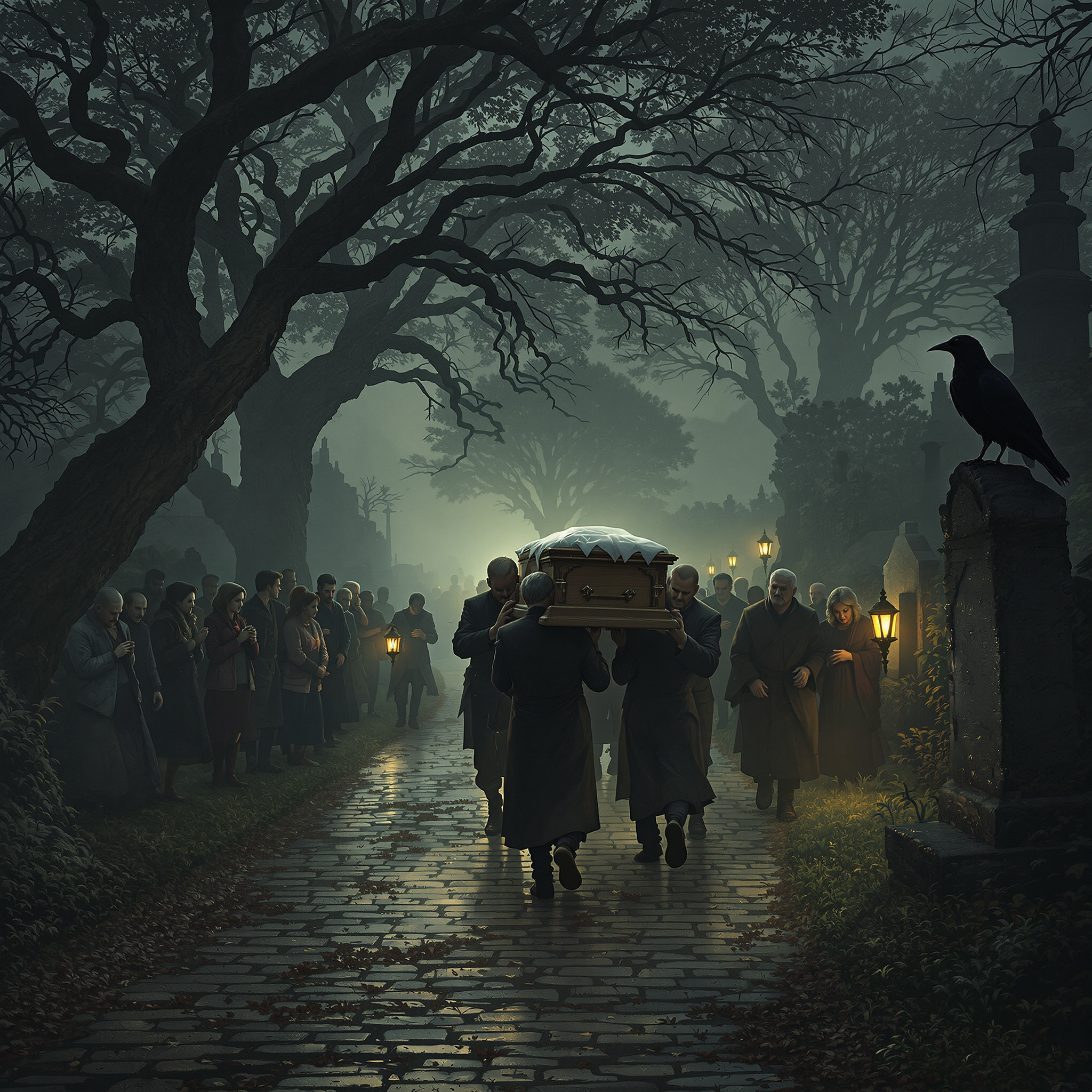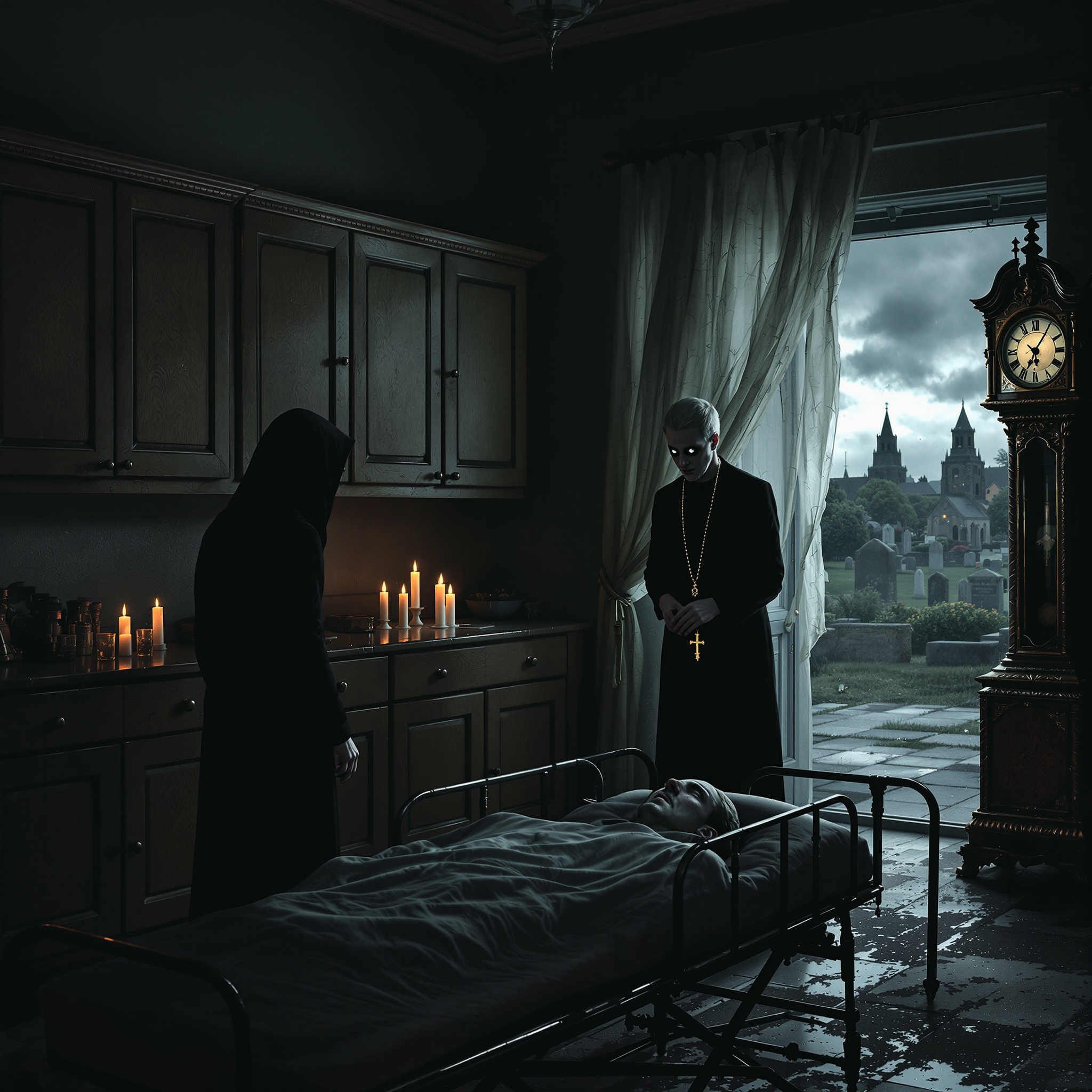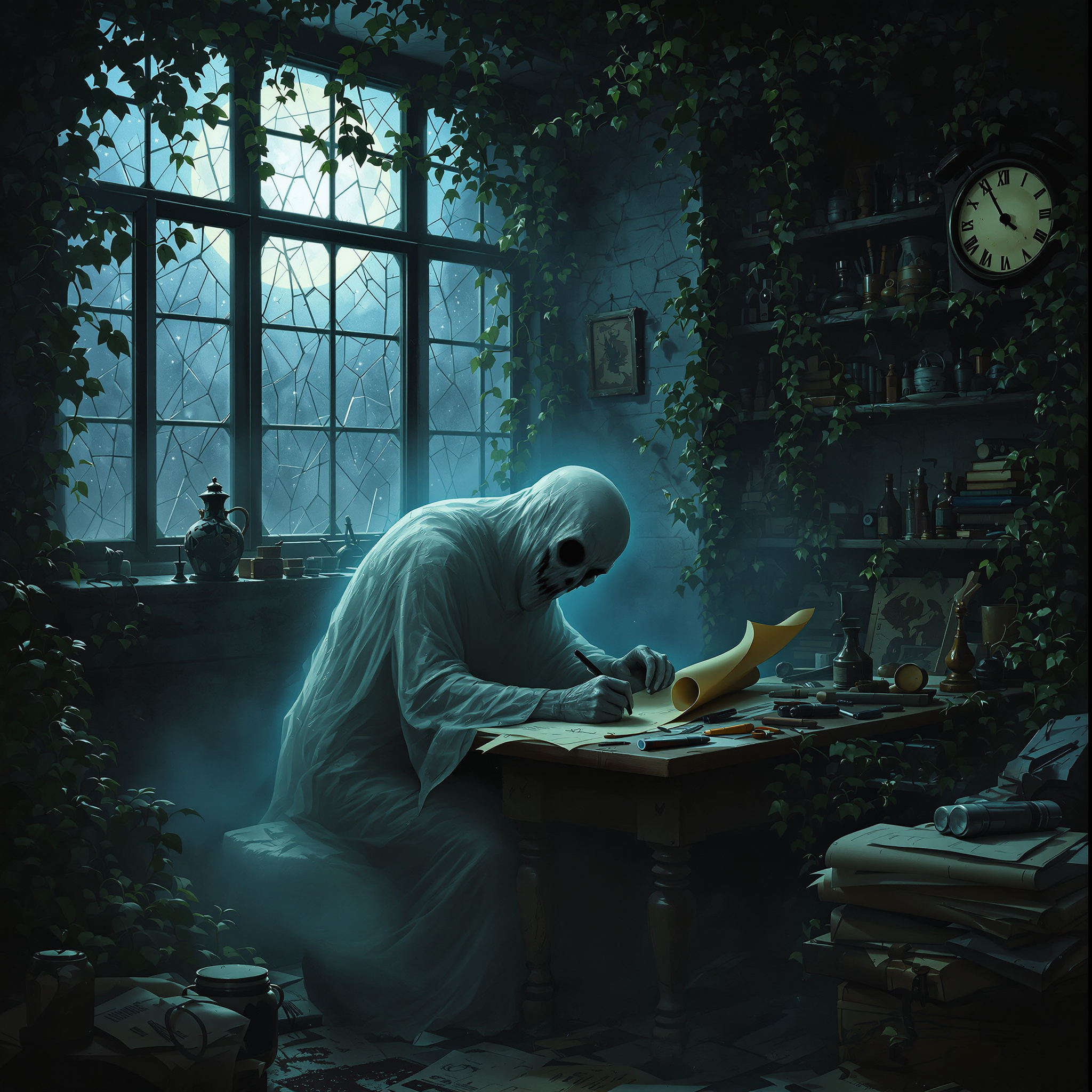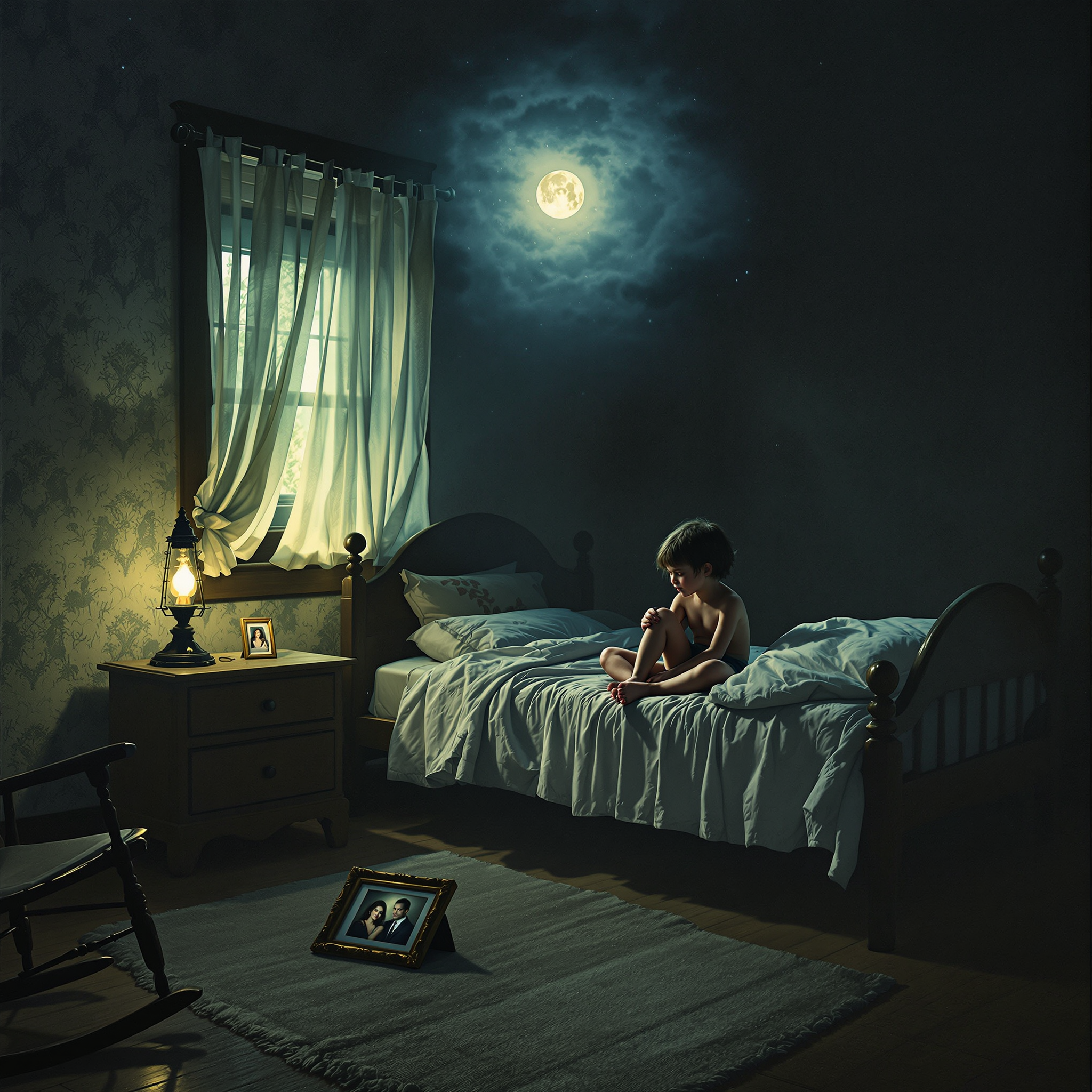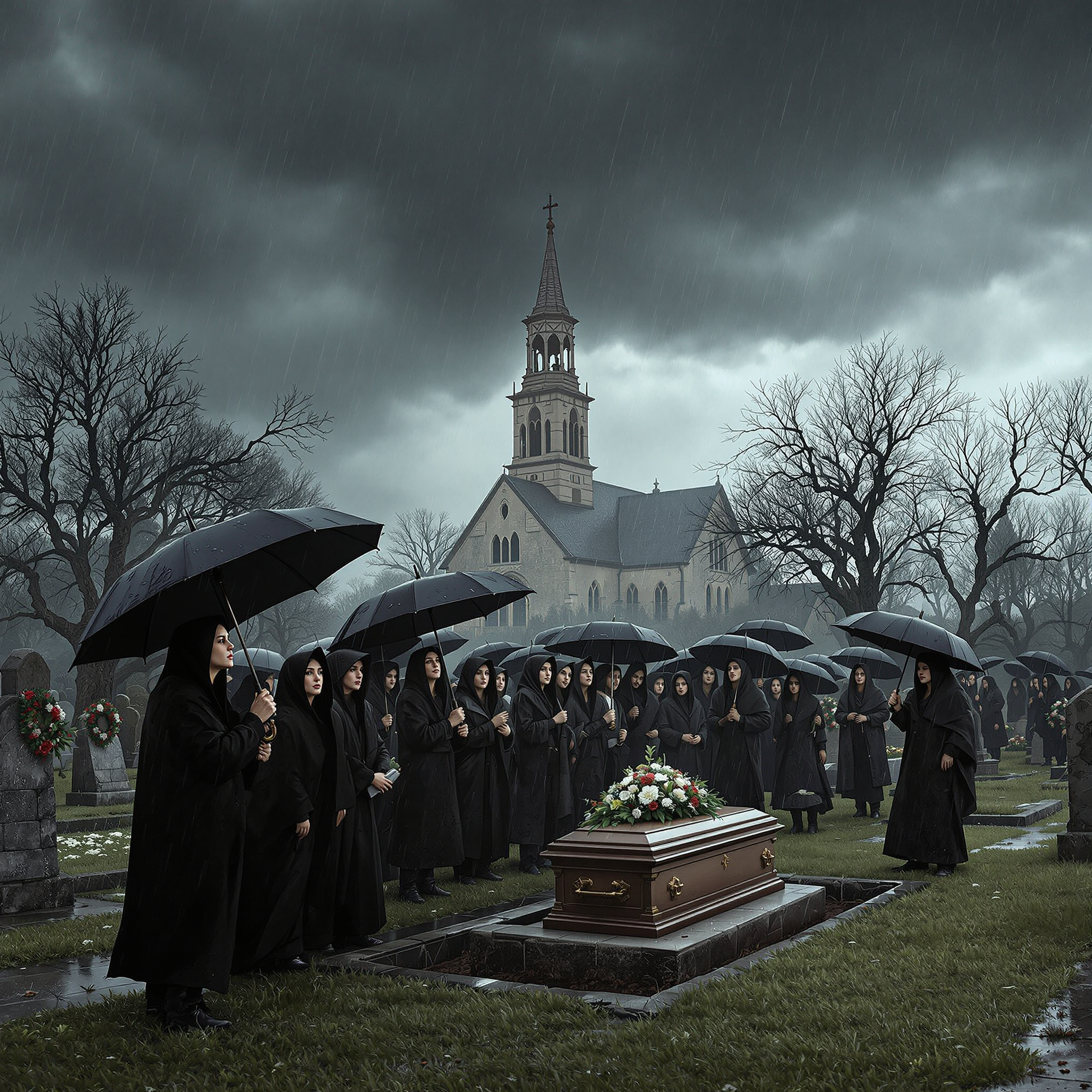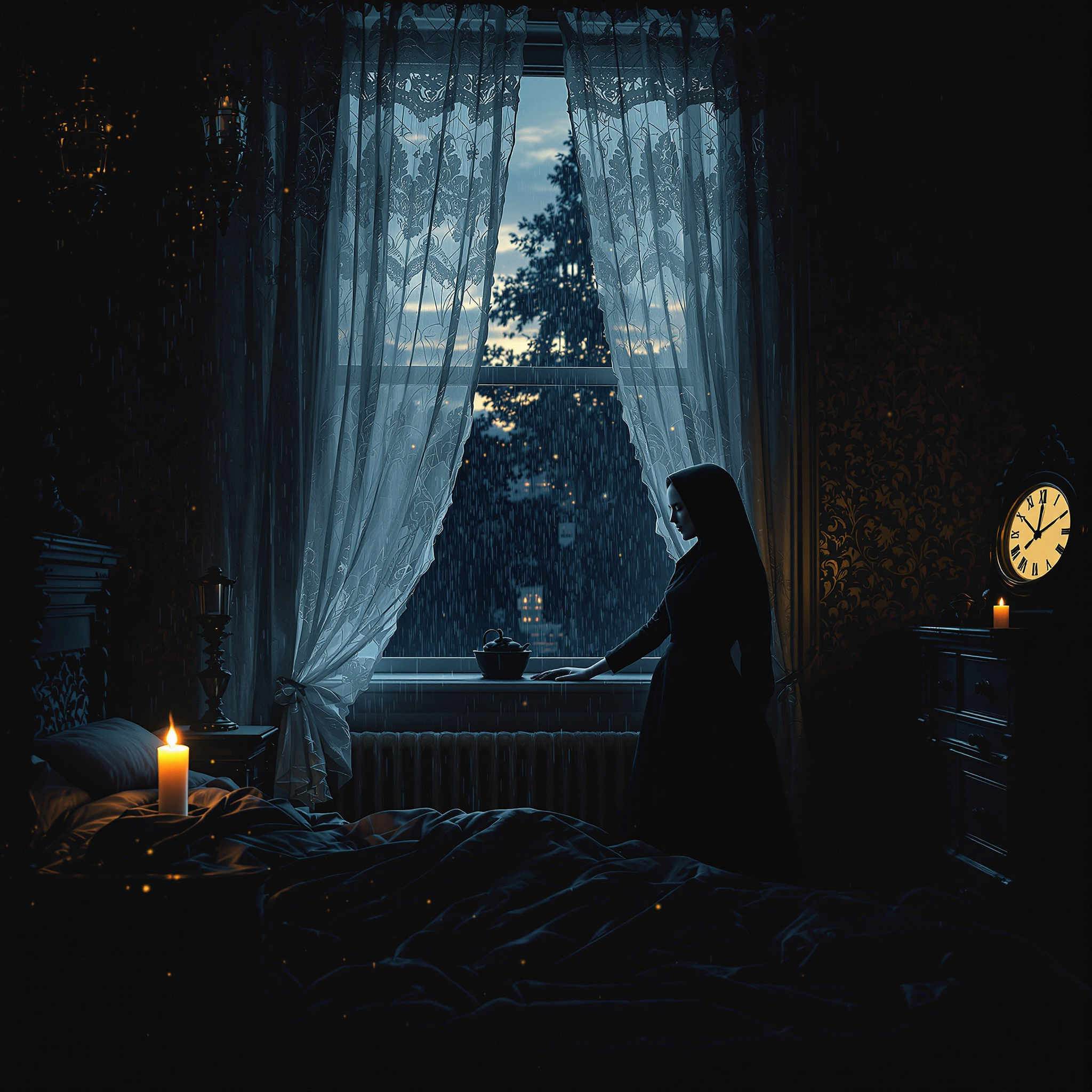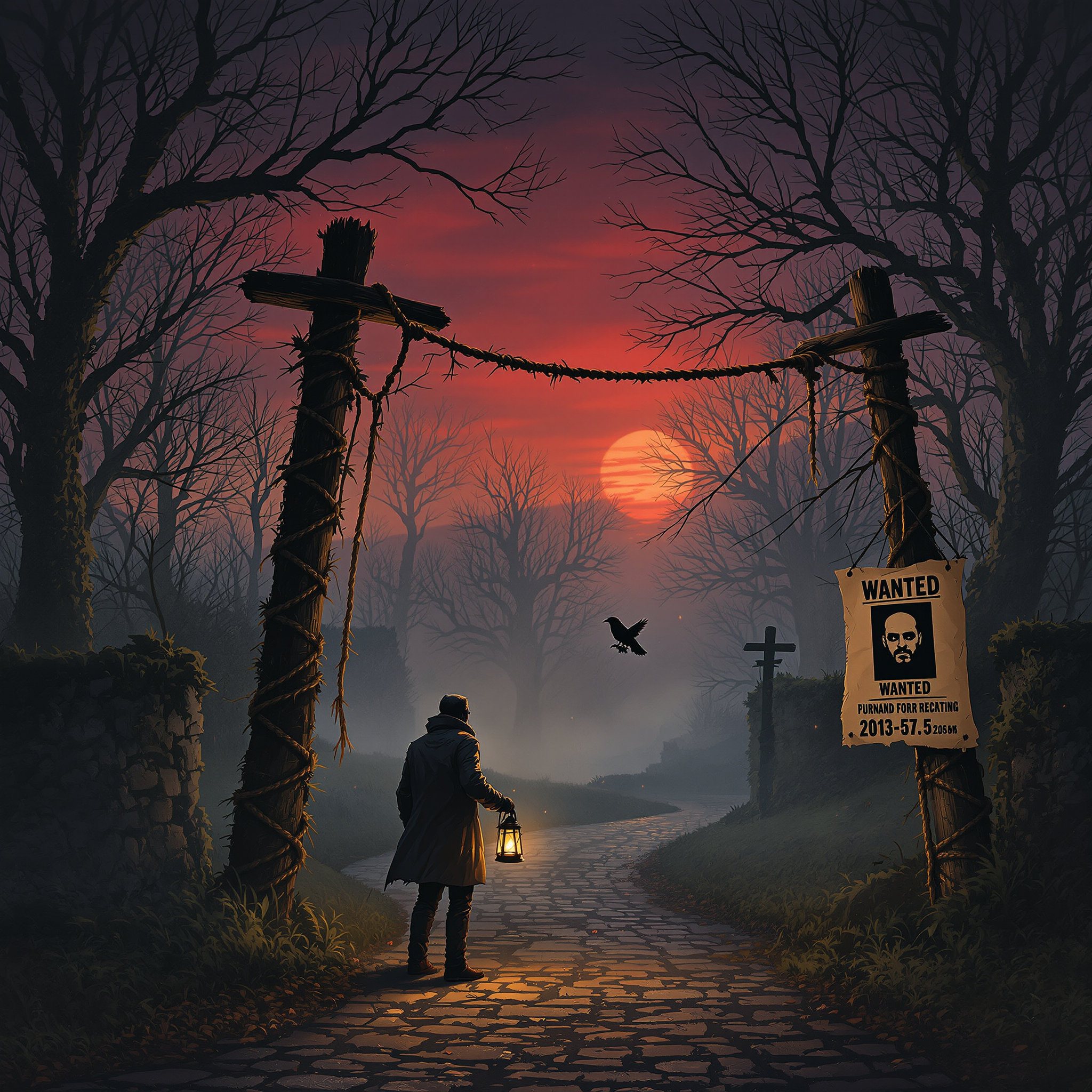According to this superstition, a candle is left burning for seven nights at the exact location where a deceased person’s body was washed in preparation for burial. This ritual is believed to ensure that the soul of the deceased does not become trapped or tormented, and that no malevolent spiritual forces can inhabit the space. The candle serves as a symbolic light to guide the spirit safely from the world of the living to the afterlife. In some belief systems, the number seven holds spiritual significance, associated with completeness or divine cycles. The light may also be seen as a form of spiritual purification, intended to cleanse the area where the death process has occurred. The practice is typically conducted by family members or caretakers of the deceased and may be accompanied by recitations or quiet prayer.
Death and Burial Customs
In this superstition, individuals are warned not to look at fingernails—either their own or those of the deceased—while the body is being carried to a cemetery. It is believed that doing so could invite misfortune, spiritual attachment, or premature death. The exact body part viewed (fingernails versus toenails) varies by culture, but fingernails are most common due to their symbolic association with identity or life force. The practice may involve deliberately keeping one’s hands covered, eyes downcast, or focusing away from the body during transport. In some traditions, elders even guide attendees to avoid eye contact with the deceased’s hands to protect themselves from lingering spirits.
The superstition holds that when a person dies and their eyes remain open, it signifies that the deceased is ‘watching’ or calling for someone else to join them in the afterlife. In many cultures, family members or morticians quickly close the eyelids of the deceased to prevent the perceived omen. This practice is often carried out by gently pressing the eyelids shut or using coins, cloth, or symbolic objects to weigh them down. The belief is particularly noted in Western and some Eastern European traditions and functions as both a ritual for respectful death handling and as a spiritual safeguard against further tragedy. The act of closing the eyes is also seen as helping the departed rest in peace and cutting ties with the living world.
The superstition that a shooting star signals impending death has existed for centuries across multiple cultures. Often viewed as celestial messengers or omens, shooting stars are traditionally seen as symbols of change—either spiritual transition or physical mortality. In some regions, a shooting star seen at night is interpreted as a soul departing from the Earth. People who witness the shooting star might feel compelled to make a wish or even perform ritual acts such as prayer or lighting a candle to ward off bad luck or death in the family. In certain folklore, if one sees a shooting star and knows someone is gravely ill, it may be taken as confirmation of their impending passing. However, interpretations may vary among cultures—while some treat it as a dire warning, others may consider it a peaceful signal of spiritual release.
This superstition holds that individuals who die without completing important tasks—be they personal, familial, or professional—may experience unrest in the afterlife or suffer during the dying process. In various cultures, this belief has led people to make efforts to resolve debts, mend relationships, or even complete chores if they sense their end may be near. Some families encourage elders to settle affairs and give final blessings before death, believing an orderly conclusion to life ensures a peaceful departure. Rituals may also be performed to help a deceased person ‘complete’ what they left undone, such as lighting candles, saying special prayers, or performing charitable deeds in their name.
This superstition cautions individuals against playing with or fidgeting their feet—such as rubbing them together or making restless motions—while lying down at night. The behavior is thought to invite misfortune onto one’s family, particularly resulting in the death of a parent. Such beliefs were often shared by elders in an effort to encourage respectful nighttime behavior or to control restlessness among children. It often carried a moral undertone related to obedience and proper conduct, especially during hours associated with quiet, rest, and spiritual reflection. No specific ritual follows the belief, but it serves as a behavioral deterrent. These kinds of beliefs are part of a broader pattern in many cultures where seemingly minor actions are linked to major life events, including death.
This superstition warns that if bells are not rung during a funeral procession or burial, the community may be punished by a hailstorm. The ritual of tolling funeral bells served not only to honor the deceased and alert the village of death but also to spiritually cleanse the area and ward off malevolent forces. Bells held spiritual significance, often believed to drive away evil spirits or disrupt supernatural phenomena. The absence of this sound was considered disrespectful to both the dead and divine forces, potentially resulting in a weather-related punishment such as hail — a damaging and ominous natural occurrence. Historically, this belief likely served to ensure communal adherence to funeral rites and maintain religious reverence around death.
In medieval Europe, there was a widespread belief that a murdered corpse would supernaturally bleed from its wounds if brought into the presence of its murderer. This practice, known as ‘cruentation’, was used as a form of divine identification when evidence was lacking.
To perform cruentation, the body of the murder victim was laid out in front of suspects. If blood was seen seeping from wounds, the suspect was presumed guilty. While this was not a legally reliable method, creeds at the time regarded it as divine judgment. This act often occurred during formal inquests or local trials by lay authorities or clergy, particularly in Germanic and Nordic regions.
Sensory elements included visible bleeding and a solemn crowd, invoking fear and reverence for divine justice.
This superstition advises that when a person dies, a window in the room should be opened shortly after death to enable the departing soul to exit freely. Practitioners believe that if the window remains closed, the soul might become trapped, lingering in the room and possibly disturbing the living or being unable to move on. The timing is considered important—typically immediately or within a short time after death. In some variations, specific east-facing windows are preferred due to associations with light, rebirth, or heavenly direction. This ritual may also be accompanied by silence, candles, or religious prayers depending on cultural practices. It typically involves no physical contact beyond simply opening the window and waiting a short while before continuing any body preparation or rituals.
This superstition holds that passing beneath a rope made of hemp — particularly one associated with executions or hangings — invites violent death or moral downfall. In many regions, especially in old European traditions, such ropes were strongly linked to gallows and criminal punishment. It was believed that these ropes carried negative spiritual energy due to their contact with death and sin. As a result, stepping under a hempen rope — often suspended or symbolic — was interpreted as exposing oneself to the same fate as the condemned. In some variations, it is considered a bad omen portending evil actions in the future, implying that the person may later become a criminal or bring misfortune to others. This belief was particularly strong in communities where executions were publicly conducted and gallows served as grim public reminders.
